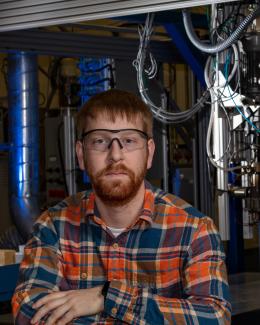Invention Reference Number

Traditional 3D printing involves constructing an entire layer at a single height for all beads. Because of this, a planar interface is created throughout the entire layer of a part. This planar interface provides one common failure method for 3D printed objects resulting in low mechanical strength. By adjusting the height of neighboring beads, the planar interface can be broken into diagonals. As a result of this shift, this algorithm improves strength for the entire object and prevents clean breaking at a single layer. This technology implements improved strength for closed loop contour tool pathing, such as perimeters and insets. The solution involves an optimization algorithm that calculates and shifts the bead’s height during pathing computation as part of the slicing process.
Description
Layer-to-layer bonding is one common method of failure for additively manufactured components. This software improves this bond by removing the planar layer interface present in normal 3D printed components. Traditional 3D printing involves constructing an entire layer at a single height for all beads. By adjusting the height for neighboring print beads, the separation between layers is no longer a single plane. This technology alternates the layer height during the print to create a non-planar layer. This creates a stronger bond and prevents clean breaking at a single layer. This functionality has been implemented for closed loop contour tool pathing, such as perimeters and insets. The tool pathing is generated during the slicing process, rather than modifying existing pathing.
Applications and Industries
-
Commercial 3D printing software for manufacturing
Benefits
- Fully automated software solution
- Can be used with many different geometries
- No impact to print time or quality
- Improved mechanical quality
Contact
To learn more about this technology, email partnerships@ornl.gov or call 865-574-1051.






